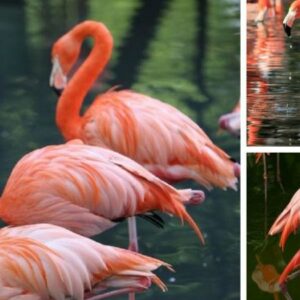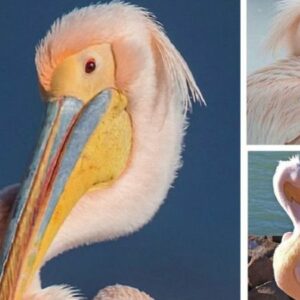Unmistakable wearing his ruby-red crown and glittering golden throat, the male is a bird not to be missed!
MEET THE RUBY-TOPAZ HUMMINGBIRD
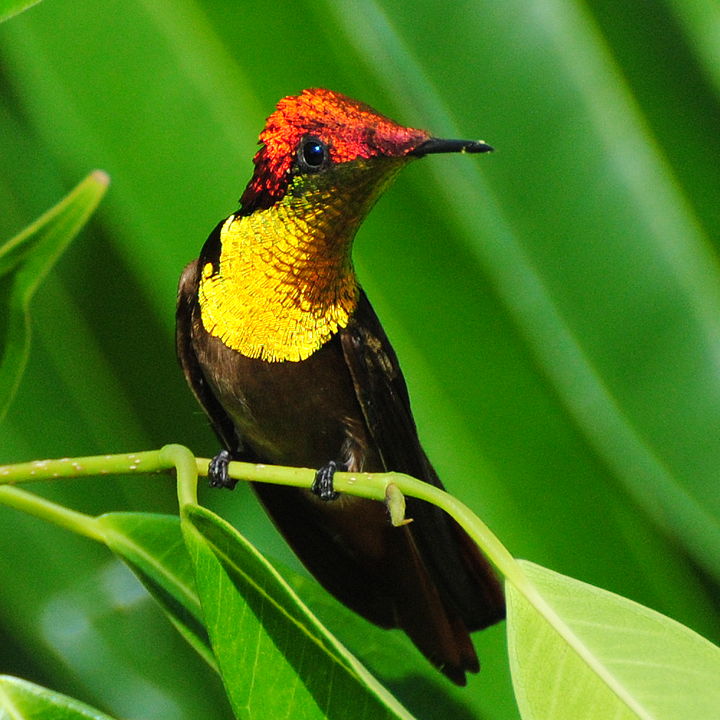
The ruby-topaz hummingbird (Chrysolampis mosquitus), commonly referred to simply as the ruby topaz, is a hummingbird that wears various colors according to the lighting he happens to be in. Under the shade of trees, the male can look more of a dull brown color, but under the sun that all changes when he becomes a glittering jewel. His throat and chest are iridescent golden yellow or emerald green. While his head sports a ruby-red forehead, crown and nape can sometimes appear orange. His body is brown, his wings gray, and his tail bright chestnut tipped in black. The short bill is black, as are the legs and feet, while the eyes are brown.

Female birds have upperparts that are copper-green, while the tail is olive-green central rectrices surrounded by chestnut ones. Underparts are pale gray. In Trinidad and Tobago, birds have a greenish-golden stripe from chin to breast.
Immature birds tend to resemble adult females.
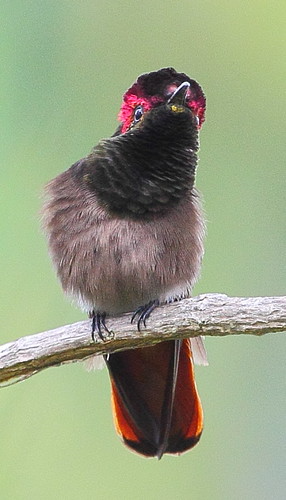
These birds are found in Aruba, Bolivia, Bonaire, Brazil, Colombia, Curaçao, French Guiana, Guyana, Panama, Suriname, Trinidad and Tobago, and Venezuela.
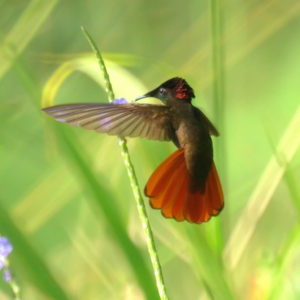
Ruby-topaz hummingbirds can often be found in open country, cultivated areas, clearings, and gardens, foraging down from treetops.
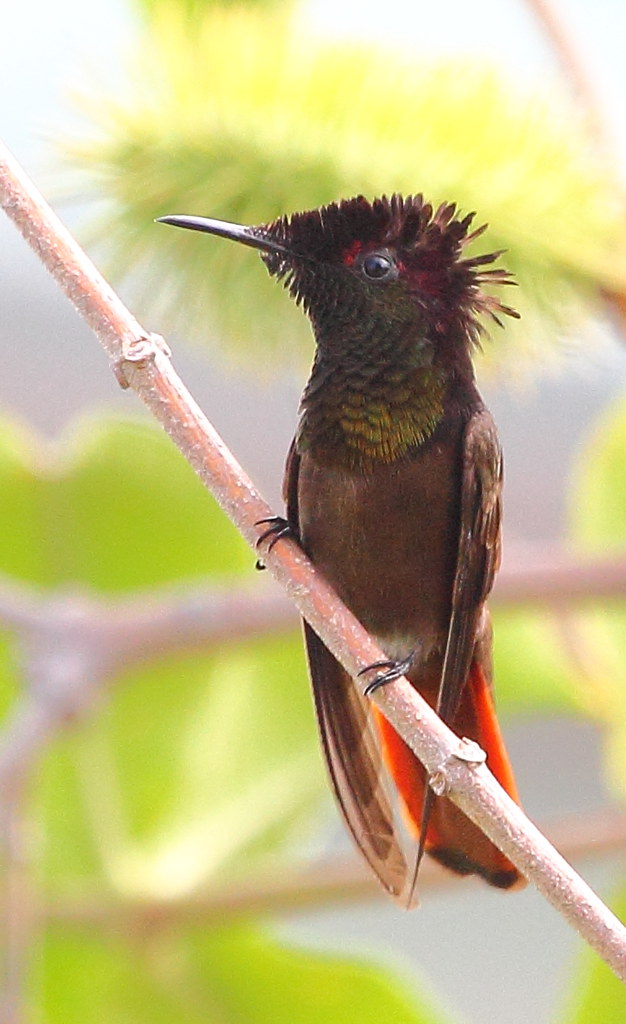
These birds feed on nectar from flowers, shrubs, cacti, trees, and cultivated plants. However, they will also dine on insects taken on the wing, and by foraging in foliage for arthropods.
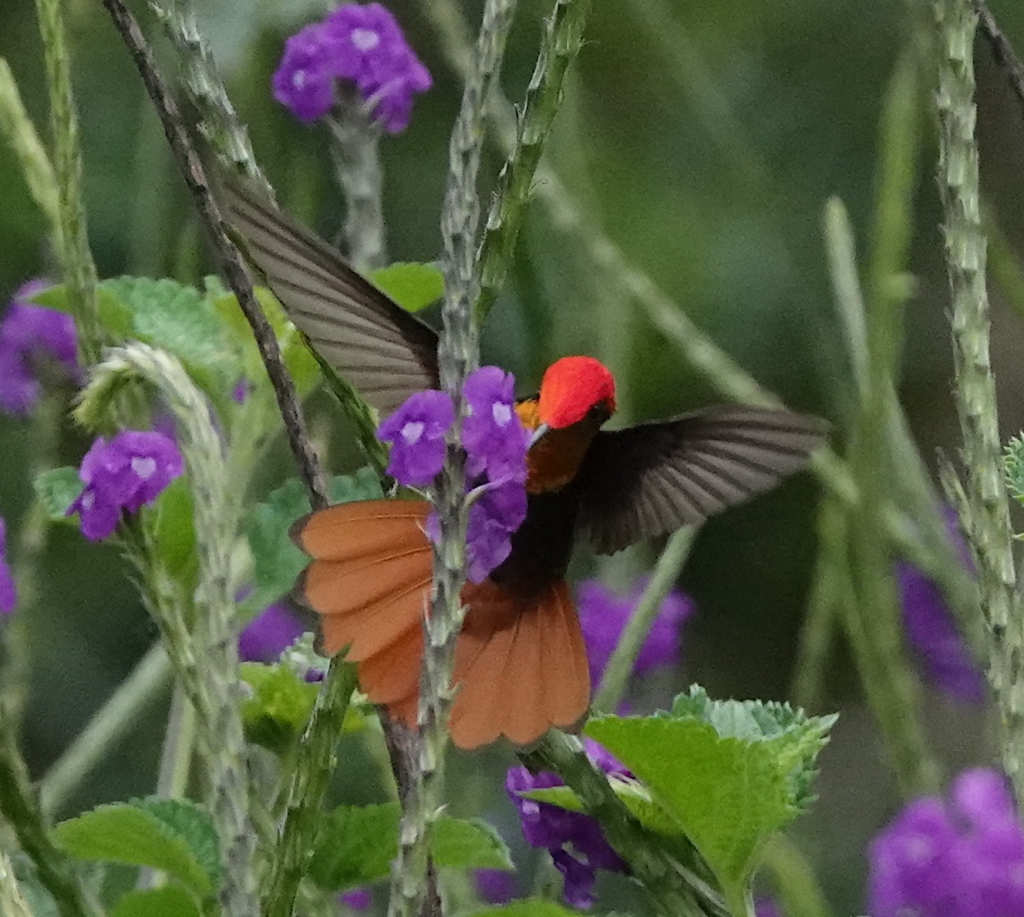
The breeding season for Ruby-topaz hummingbirds runs from December through to June in Trinidad and Tobago, and from September through to January in Venezuela and Guyanas. During this time a nest built from plant fibers and spider webs is placed in the fork of a small branch on a tree. Within the female lays two eggs and incubates them for 15-16 days.
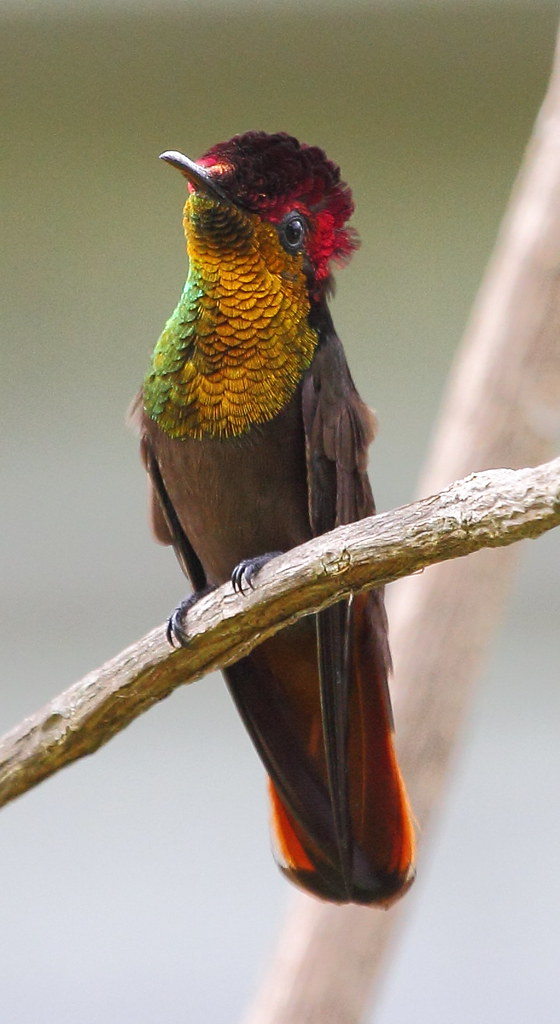
This bird is regarded as of Least Concern on the IUCN Red List.
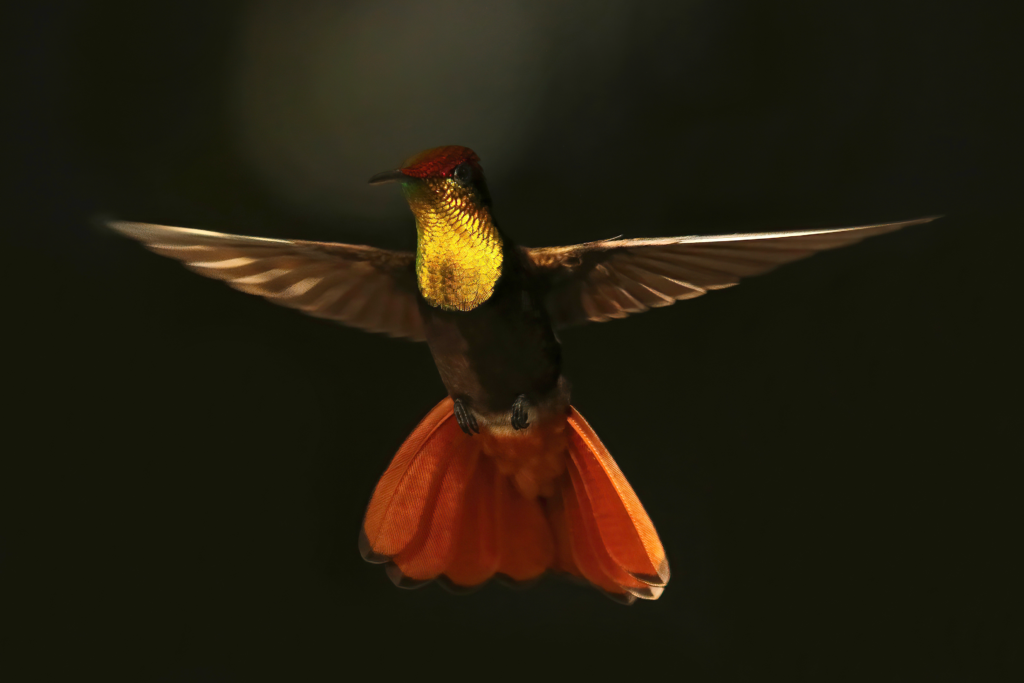
YOU CAN WATCH THIS BIRD IN ACTION RIGHT HERE IN THE VIDEO BELOW:
This article uses material from Wikipedia.org which is licensed under the GNU Free Documentation License via Copyright Wikipedia. Images on this page are the sole property of the pH๏τographers (unless marked as Public Domain). Please read the license and or contact the pH๏τographers directly before using them for any purpose. Thank you all.


